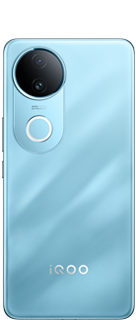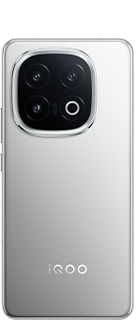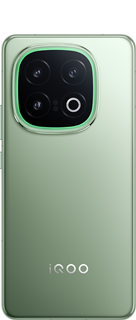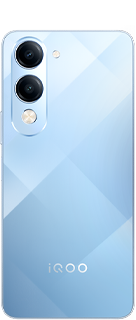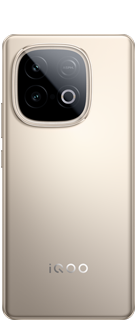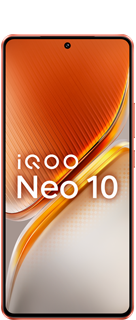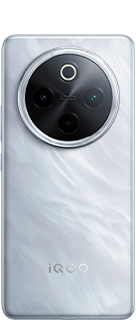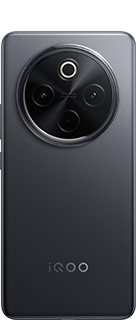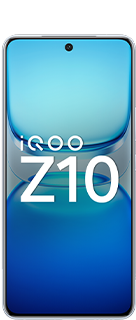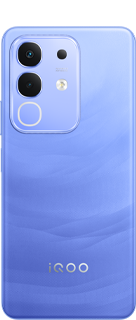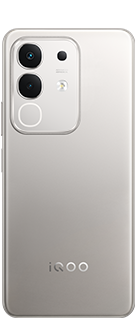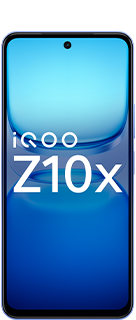How AI is Changing the Creative Industry: From Art to Music
AI is rapidly transforming the creative industry, bringing innovative changes to how art, music, and other forms of creative expression are produced, consumed, and understood. Here's a brief overview of how AI is impacting different areas of the creative sector.

1. Visual Arts
AI is revolutionizing visual arts through tools like Generative Adversarial Networks (GANs), which create new artworks by learning from vast datasets of existing images. Artists are using AI-driven platforms such as DeepArt and DALL·E to generate unique pieces, experiment with styles, and even automate parts of their creative process. These technologies challenge traditional notions of authorship and creativity, as AI can produce complex, aesthetically appealing images with minimal human intervention.
AI also assists in art conservation and restoration. Machine learning algorithms analyze and predict how artworks would have originally appeared, helping to restore damaged or aged pieces accurately.

2. Music Composition and Production
AI is making waves in music by composing original pieces, generating melodies, and even writing lyrics. AI tools like OpenAI's MuseNet and Google's Magenta are capable of creating music in various genres and styles. Musicians and producers are using these tools to enhance creativity, speed up the composition process, and explore new sonic landscapes.
AI is also being used in mastering and mixing, where algorithms analyze tracks and apply adjustments that would typically require a skilled audio engineer. This technology democratizes music production, making it accessible to a broader audience.

3. Film and Animation
In film and animation, AI is automating labor-intensive tasks like video editing, color correction, and special effects generation. AI-driven tools help filmmakers predict audience reactions, optimize narratives, and even generate deepfake actors for certain scenes. These advancements are streamlining production processes and enabling creators to focus more on storytelling.
AI-generated scripts and story ideas are also emerging, where algorithms analyze successful narratives and propose new plotlines, offering a fresh take on content creation.
4. Literature and Writing
AI is also impacting literature and writing. Tools like GPT-3 can generate text that mimics human writing, offering assistance with drafting articles, books, and even poetry. These AI systems help writers overcome writer’s block, brainstorm ideas, and edit drafts more efficiently.
In journalism, AI is being used to automate the production of news articles, particularly for data-heavy reports like financial summaries and sports updates. This allows human journalists to focus on more in-depth investigative work.

5. AI and Creative Collaboration
AI is not just a tool but a collaborator in the creative process. Artists, musicians, and writers are increasingly working alongside AI to co-create. This collaborative approach blends human intuition with AI’s computational power, leading to unique, often unexpected outcomes that neither could achieve alone.
Please sign in
Login and share
